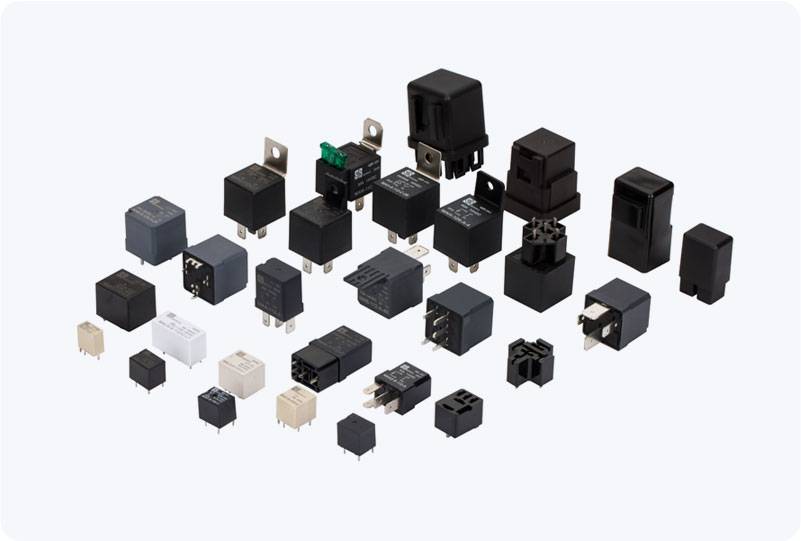
In recent years, New Energy Vehicles (NEVs) have become a central focus of the automotive industry’s transition towards sustainable and environmentally friendly transportation solutions. The key to their efficiency and long-term viability lies in the performance of their battery systems. To ensure these batteries operate optimally throughout their lifecycle, advanced technologies are being developed to monitor and manage their performance. One such technology is SSR (State-of-Charge, State-of-Health, and Remaining Useful Life), which plays a crucial role in the Battery Management System (BMS) of electric vehicles. SSR is essential for enhancing the efficiency, safety, and longevity of batteries in New Energy Vehicles, and its implementation is becoming increasingly important in the field.
